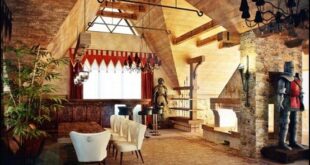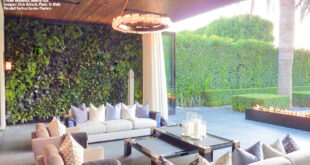CRUX Arquitectos’ REI House was designed to meet the changing needs of a family. The project began by asking about the notion of an apartment and how spaces change throughout the day and over time to create a flexible and interactive interior. The architects adopted the concept of the “Basilica Plan”, which includes interconnected naves with different functions. Therefore, the residence is designed for adaptable spaces that offer different uses.
The layout consists of three ships. The central nave has the main functions: eating, chatting, resting and playing. Slender tubular metal columns separate the central area from the ambulance, while the side aisles are shaped as a ‘sacristy’. This spatial configuration goes beyond traditional dwelling types as residents can redesign and adapt the site with unexpected uses.
The three naves can be conveniently divided with railings, curtains or dry partitions. In some places the three ships merge into two or one. They extend outwards, they become a terrace. They even dig the ground and connect to the lower level. The double-height mesh pushes the light to illuminate the central spaces on the first floor. The false ceiling appears where necessary, allowing the ceiling of the central areas to be exposed, revealing the curved concrete vault and giving the house a certain character.
The chain link fence not only provides protection and sanctuary, but also allows a glimpse of the outside, as in medieval romances. The house also takes advantage of the best orientation in this area to allow a long view and continuous contact with the outside. The cross ventilation is offered as a natural air conditioner, eliminating the need for an energy-consuming device to cool the indoor temperature in the summer.
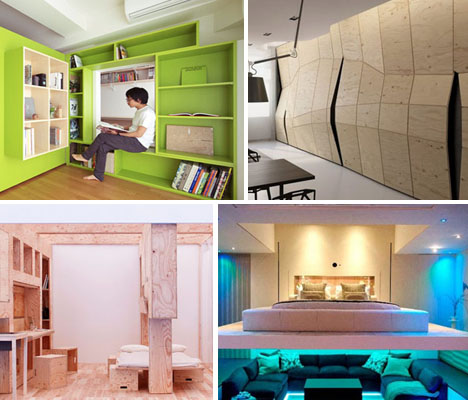
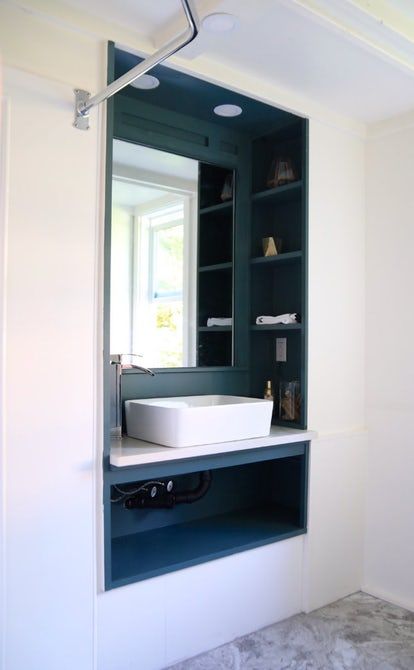
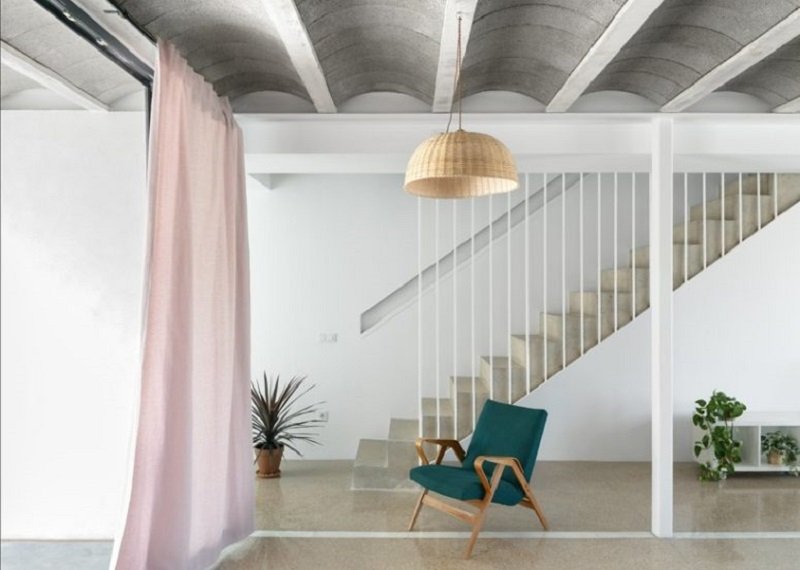
 decordip Interior Design Ideas
decordip Interior Design Ideas


